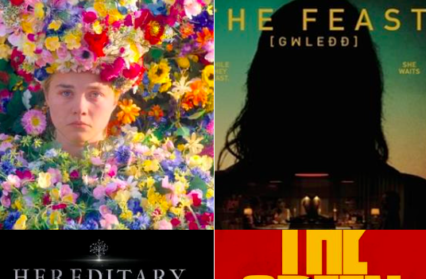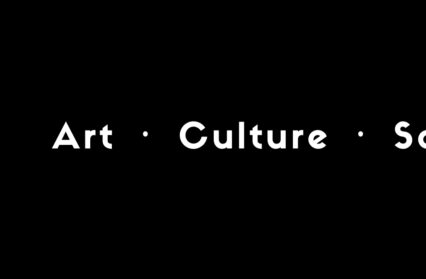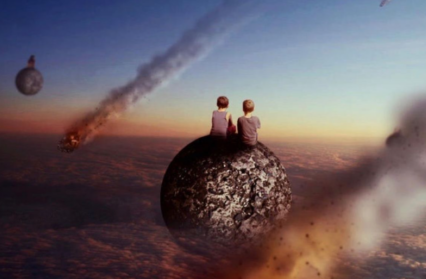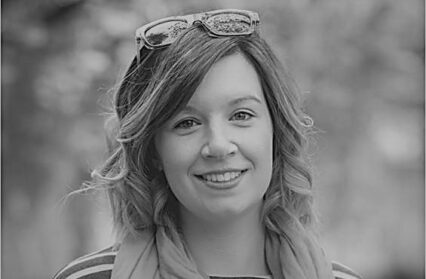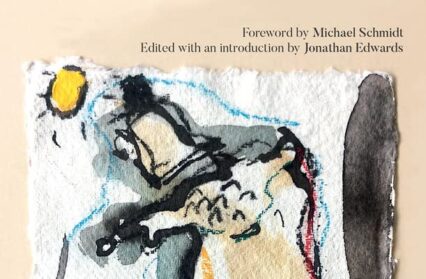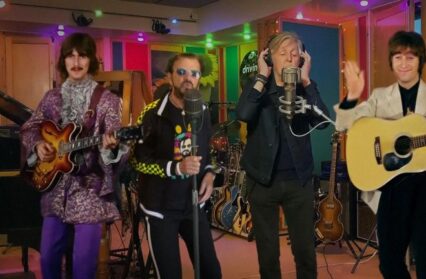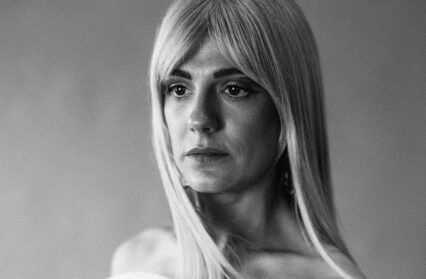Joshua Ludewig writes on the rising popularity of folk horror, asking why Wales’ take on the genre has yet to incorporate the nation’s rich history of Welsh folklore and mythology – with insight from experts on how it might be included in future films.
Folk horror has seen a re-emergence in the past five years. While the genre has had success with cult classics, such as The Wicker Man (1973) and Children of the Corn (1984), it was more contemporary stabs at the genre, such as The Witch (2015) and The Ritual (2017) which really began the folk horror renaissance. Still, it wasn’t until Ari Aster’s Hereditary (2018) and Midsommar (2019) that the genre gained mass appeal from both critics and movie buffs alike. So, why now?
In the age of growing digitisation, perhaps the genre speaks to those seeking simplicity in a bare-bones life, a place to seek refuge from contemporary fears. Maybe it’s the communal aspect present in Midsommar and The Wicker Man that draws people in during an age of isolation. Some have praised the genre as a natural extension of the feminist movement due to its heavy ties with witchcraft and the natural earth, both of which are symbolic of feminine strength. The genre commonly draws inspiration from folklore, allowing viewers to experience stories they may not be familiar with, such as Norse folklore and mythology, offering heady respite for those fatigued by the horror genre’s long-time reliance on Christian narratives.
Dr Mike Benbough-Jackson is a Welsh historian at Liverpool John Moores University, specialising in personal, local, and national identities. He speculates that the recent change in appeal may “be as simple as demons and the devil not scaring people as they once did.” However, he admits “there is probably more to it than that.” Benbough-Jackson also hinted that this change might have been influenced by creatives in the industry who grew up with folk horror classics that had pagan undertones as “the majority of established writers, directors and producers may well be in their 40s or 50s now.”
Whatever the reason for its popularity, the folk horror bug has hit the Welsh film scene in a big way. William McGregor’s 2018 feature film debut, Gwen, marked the beginning of this trend in Wales. Gwen centres on a farming family struggling to maintain their way of life as slate mining becomes the predominant industry. Filmed in the misty peaks of the Snowdonia countryside, the brooding, uneasy and isolating atmosphere common in folk horror is portrayed in pitch perfect fashion. Norman Gidney from Film Threat pointed to the atmospheric strength of the film “when the plot isn’t occupying our attention, we are treated to foreboding atmospherics that reinforces the mood.”
“Many folk horror films are set in earlier time periods and need unspoilt landscapes to create the illusion. They rely on the fear of the unknown and creating a sense of ‘otherness’ for the pagan protagonists, and so Wales’s rolling hills, dense forests and wide-open landscapes, some of which show no signs of modernity and others still scarred from their industrial past, are ideal.” explained Port Talbot-based Journalist and author of Paranormal Wales, Mark Rees.
Like Gwen, Lee Haven Jones’ Gwledd (2022) is set in the beautiful yet brutal landscape of Snowdonia. The film follows a young woman who returns home under mysterious circumstances, and gains employment as a maid for a wealthy Welsh family hosting a dinner party. Upon introduction to the family and their home, the camera pauses on each shot of the modern house, which sits in contrast to the rural landscape. Built with natural wood and stone, blended together with large glass windows, the house emphasises the tensions between the rustic and modern.Both films are interested in the tension between the ‘modern’ and the ‘premodern’: the latter represented by folklore, witchcraft, and superstitions that threaten the ‘modern’ protagonist. Many folk horror classics play with this dynamic to critique modernity, traditionally used to justify the oppression and ‘othering’ of marginalised peoples.
Jones’ use of the Welsh language in Gwledd enforces this dynamic further. During the film, we learn that the family’s matriarch ‘Glenda’ (Nia Roberts) has benefited from the social mobility afforded to her through her upbringing on a local farm. This parallels current socio-economic trends in Wales, particularly the status of the Welsh language within the class ladder, with access to Welsh language schools often being limited to the middle-class and rural families. As well as Welsh language, Glenda is also sentimental about the Welsh folk songs and practices of her youth, all showcasing the ‘premodern’, and yet she has evolved to prize modernity through materialism and wealth.
Evidently, Wales has more than enough foreboding landscape to provide for the folk horror genre, and a unique social history it routinely analogues. Yet, unlike Midsommar and The Witch which reinterpret aspects of Norse mythology, Welsh contributions are yet to tap into Wales’s pagan folklore.
Both Rees and Benbough-Jackson expressed their disappointment with the genre’s failure to, as of yet, capture elements of Welsh mythology and reinterpret them in a folk horror context. Rees pointed out “the vast majority of films already made overlook any Welsh connections” in regards to Arthurian tales, even those with folk horror elements, such as A24’s recent hit The Green Knight (2021). Benbough-Jackson notes “When I watched The Green Knight my first thought was that there is potential here. There are so many retellings of these legends and each of these inspire other ideas.”
Y Mabinogi, perhaps the most famous piece of Welsh mythology, contains plenty to draw inspiration from. Benbough-Jackson shared his desire to see the tale of Bendigeidfran (a giant and king of Britain who appears in the second branch of Y Mabinogi) portrayed in the context of the folk horror genre, saying such a film would be “first on his watch list.”The tale of Blodeuwedd, a woman created from flowers who appears in the last branch of Y Mabinogi, could provide a basis of an environmental twist or some plain body-horror. Rees also proposed this tale, amongst other elements from Y Mabinogi, adding that they “would make very interesting folk horror films when taken in isolation.”
While current contributions to the genre have received decent critical success – largely due to their use of the Welsh landscape – it would be great to see future attempts from Welsh filmmakers making more of c the country’s folklore and history to reach the successes of Midsommar or The Witch.


